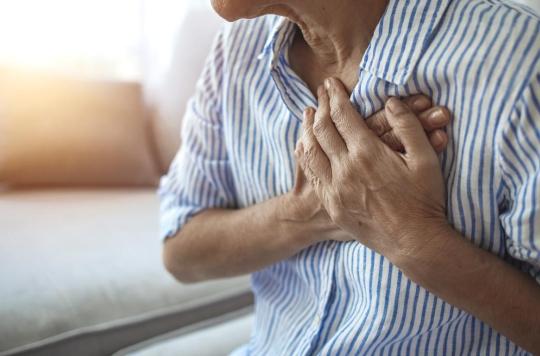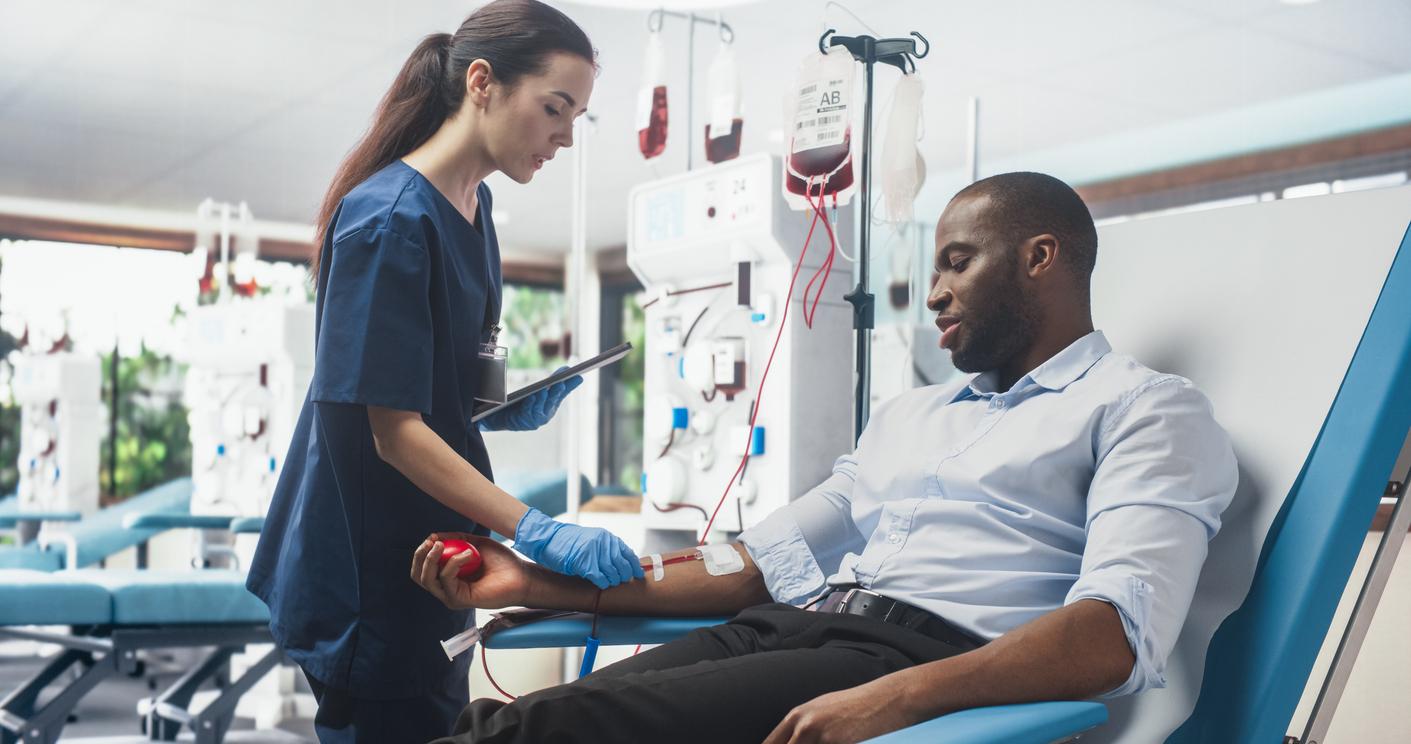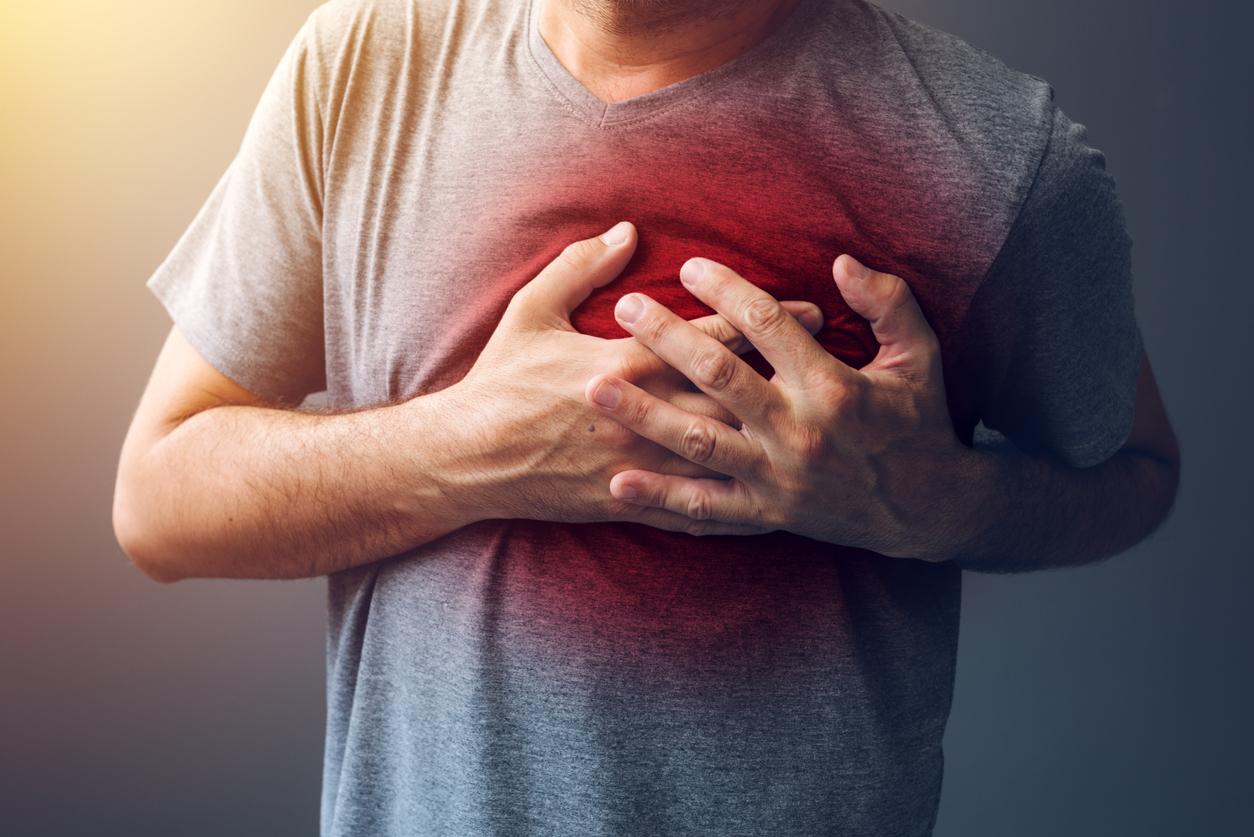Whether in the short or long term, women are significantly less likely to survive a heart attack than men, a study reveals.

- 120,000 myocardial infarctions occur each year in France.
- About 10% of victims die within an hour and the one-year mortality rate is 15%.
- Nearly half of women under the age of 60 who suffer a myocardial infarction do not experience the classic symptoms.
Every day, in France, 200 women die of cardiovascular disease. Yet women’s hearts continue to be less well cared for than men’s.
This is demonstrated by a new study presented on Saturday March 19 at the ESC Acute CardioVascular Care 2022, a scientific congress of the European Society of Cardiology.
“Women and men in our study had similar clinical characteristics when they developed cardiogenic shock after a heart attack”, said Dr Sarah Holle, of Copenhagen University Hospital, Rigshospitalet (Denmark), who led the work. Emphasizing that clinicians do not make the same treatment decisions depending on whether the patient is a man or a woman, she pleads for a “greater awareness among healthcare professionals that women have heart attacks and can develop cardiogenic shock”.
Gender differences in the management of cardiogenic shock
Usually caused by a heart attack, cardiogenic shock is a life-threatening condition in which the heart suddenly fails to pump enough blood to supply the body’s organs with oxygen. It would affect up to 10% of patients who have a heart attack, and only half of them survive.
To examine differences in treatment and survival between women and men who suffered heart attack and cardiogenic shock, researchers studied data from 1,716 heart attack patients with cardiogenic shock between 2010 and 2017. 438 (26%) were women, with an average age of 71, compared to 66 for men.
In cardiogenic shock, women and men had comparable clinical parameters such as blood pressure, heart rate, plasma lactate (a marker of oxygen level in organs) and left ventricular ejection fraction. (function of the heart pump).
Yet they often did not receive the same treatment. More specifically, only 19% of women versus 26% of men received mechanical circulatory support. A significantly higher proportion of women also underwent minimally invasive or surgical procedures to restore blood flow to clogged arteries (83% of women versus 88% of men), and mechanical ventilation (67% of women versus 82 % of men).
A lower short-term and long-term survival rate than men
This difference in care received has clear implications for women’s survival rates. The latter had much less chance than men of surviving in the short and long term: thirty days after the heart attack, only 38% of women were alive, against 50% of men. After 8.5 years, 27% of women were alive, compared to 39% of men.
According to Dr. Holle, “there is growing evidence that women with acute heart problems are more likely than men to have non-specific symptoms such as shortness of breath, nausea, vomiting, cough, fatigue and pain in back, jaw or neck”. This may be one of the reasons why more women than men were initially admitted to a local hospital, rather than a specialist hospital, suggests the researcher.
“Better recognition that women may have symptoms other than chest pain could minimize delays in diagnosis and treatment and potentially improve prognosis”she believes.

.














